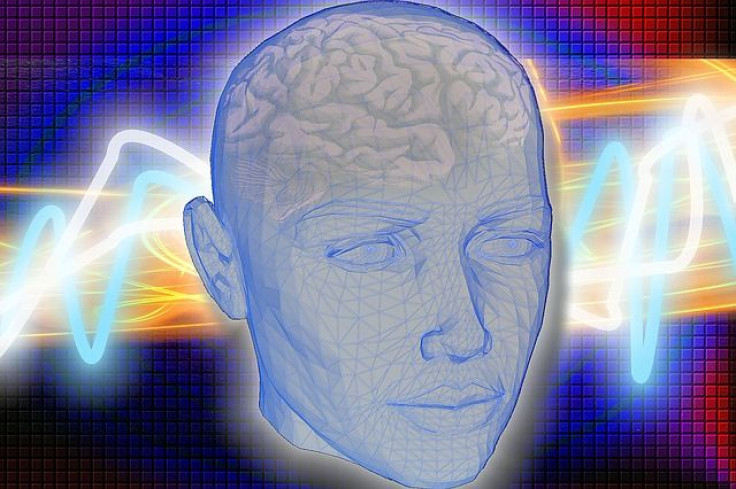Untreated High Blood Pressure Significantly Increases Odds Of Brain Bleed And Stroke Across All Races

When a hemorrhage occurs inside the brain, this is known as a bleeding stroke. According to the American Heart Association, these account for more than one in every 10 strokes — about 13 percent of the total cases. A study from the University of Cincinnati links high blood pressure, whether treated or untreated, to an increased risk of brain bleed. The new research also indicates Hispanics and blacks have a higher risk of bleeding stroke when their hypertension goes untreated compared to whites.
The two types of hemorrhagic strokes are intracerebral (within the brain) and subarachnoid (in between the brain and the thin tissues that cover the brain). What happens in the case of an intracerebral stroke, the more serious of the two, is a weakened blood vessel ruptures and begins to bleed, and, as blood accumulates, it compresses surrounding tissue. As you might expect, this can damage brain cells while a sudden buildup in pressure can lead to unconsciousness or even death.
The most common cause of intracerebral hemorrhage is high blood pressure (hypertension).
To examine comparative effects of hypertension among Hispanics, whites, and blacks, University of Cincinnati researchers designed the Ethnic/Racial variations of IntraCerebral Hemorrhage (ERICH) study, which tracked 4,646 people throughout the nation.
Hispanics Least Likely To Get Treatment
Of the total participants, half (2,323 people) had experienced hemorrhagic stroke, so the researchers matched them to people similar in age, gender, and ethnicity who had not had a stroke. Then, the researchers examined six years of medical records for all the participants. In particular, they analyzed how many of the people had high blood pressure and whether or not they’d been treated or untreated for that condition. They also looked at the possible impact of alcohol, cholesterol, education, insurance status, and blood thinning medications.
They discovered:
- People with untreated high blood pressure are up to 5 times more likely to develop a brain bleed than hypertensive patients who receive treatment.
- Compared to people without high blood pressure, untreated hypertension patients have an increased risk of a brain bleed: Whites are 9.5 times more likely to suffer a brain bleed, Hispanics are 9.7 times more likely, and blacks are 11.1 times more likely.
- Among stroke patients diagnosed with high blood pressure, Hispanics were least likely to be treated for the condition: 48.3 percent received treatment compared to 43.3 percent of blacks and 33.2 percent of whites.
According to Dr. Kyle Walsh, one of the study's authors and an assistant professor of Emergency Medicine, the average age for a brain hemorrhage is younger among minorities, who may suffer more disability earlier in life as a result. Based on the study results, Walsh and his colleagues suggest anyone diagnosed with hypertension work with their doctor to treat their condition effectively.
Source: Walsh KB, Adeoye O, Sekar P, et al. Importance of Untreated Hypertension for Intracerebral Hemorrhage. AHA International Stroke Conference. 2016.



























